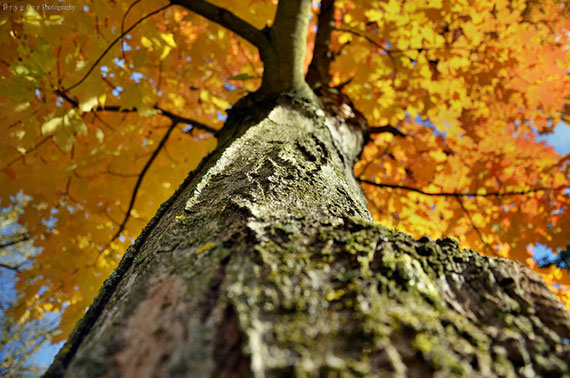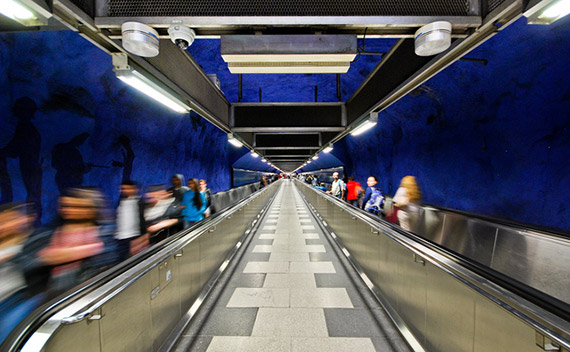Throughout history, paintings have undergone a distinct revolution. When two-dimensional paintings were no longer popular, artists had figured out different ways to allow the third dimension to impact the painting. We call that third dimension “perspective,” and it’s just as important in photography as in painting.

photo by Dominik Brygier
The use of perspective can add an extra sense of depth to your images. But, it’s ineffective unless you define a horizon. The horizon line is the space where everything you see gets so small that it’s practically invisible. While horizon lines can reside even somewhere off of the frame, they are essential to producing an interesting image.
The closer the horizon line is to the center of the frame, the larger the sense of depth you will create (until it is exactly centered). When this is the case, you actually revert back to two dimensions where there is no sense of a third dimension at all. Diminishing perspective has thus been eliminated. Depending upon the effect you need, you can adjust your perspective to increase or decrease the aspect of perspective.
Making it Simple
Here’s a simple exercise you can do at home. Take a baking rack and hold it up in front of your face at exactly 90 degrees. When it is totally flat (both vertically or horizontally), you have zero diminishing perspective. As you start to tilt the rack away from you, you will notice the holes getting smaller the further away they get. The closer the angle is to zero, the greater the effect of the perspective.
Another way you can get a feel for perspective is to imagine a winding road that gets tinier and tinier until you can no longer see it. Up close, the road practically fills up the entire frame. But far away, it is but a speck on a much larger canvas. Diminishing perspective is demonstrated in this example.

photo by Patrik Jones
Using Perspective
Landscape photographers prefer large f-numbers/small apertures because they create the largest possible depth of field, giving you the greatest diminishing perspective. Ensuring that the entire scene remains in focus is not always easy. But, for the purpose of creating a sense of depth and using perspective, it can be done creating an amazing effect.
If you are taking a picture of a large object, you will need a larger depth of field to capture it. Gaining distance between you and the object to be shot is the best way to accomplish this. However, in general, if you are taking a picture of something much smaller, it’s expected that you will use a shallow depth of field.

photo by Phil Dolby
How you choose to use perspective is really up to you. The key is that you have a grasp of the concept and can choose how to use this aspect in your photography. Have fun experimenting with depth of field as you continue improving your shots!
About the Author:
Mathew Rivers writes for a Nikon Camera site. For more on field of depth, take a look at our blog and check out the results that others have achieved with great cameras and lenses.
Like This Article?
Don't Miss The Next One!
Join over 100,000 photographers of all experience levels who receive our free photography tips and articles to stay current:






Very interesting and informative article. I have shared this with the photography club that I have started in my 55+ gated community. Most members of the group are seniors who are just learning photography, have a camera and are clueless on how to use it, or just want to have another hobby. I have been doing photography since I was about 7 (let’s just say that was 50+ years ago) and before having to retire due to medical issues last year, I was in my second career as a PhotoPass Photographer at Walt Disney World for 7.5 years (first career…Registered Nurse for 35+ years).
Thanks, I found that playing with the hyperfocal distance also gives great results.
Thanks for the pointers Mathew Rivers.
Great straight forward article:)
Nice photo David Hobcote:)
It really does it’s job by pulling me in.I love the depth,Thanks.